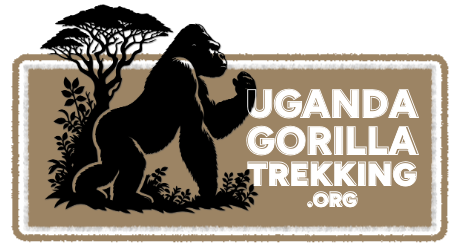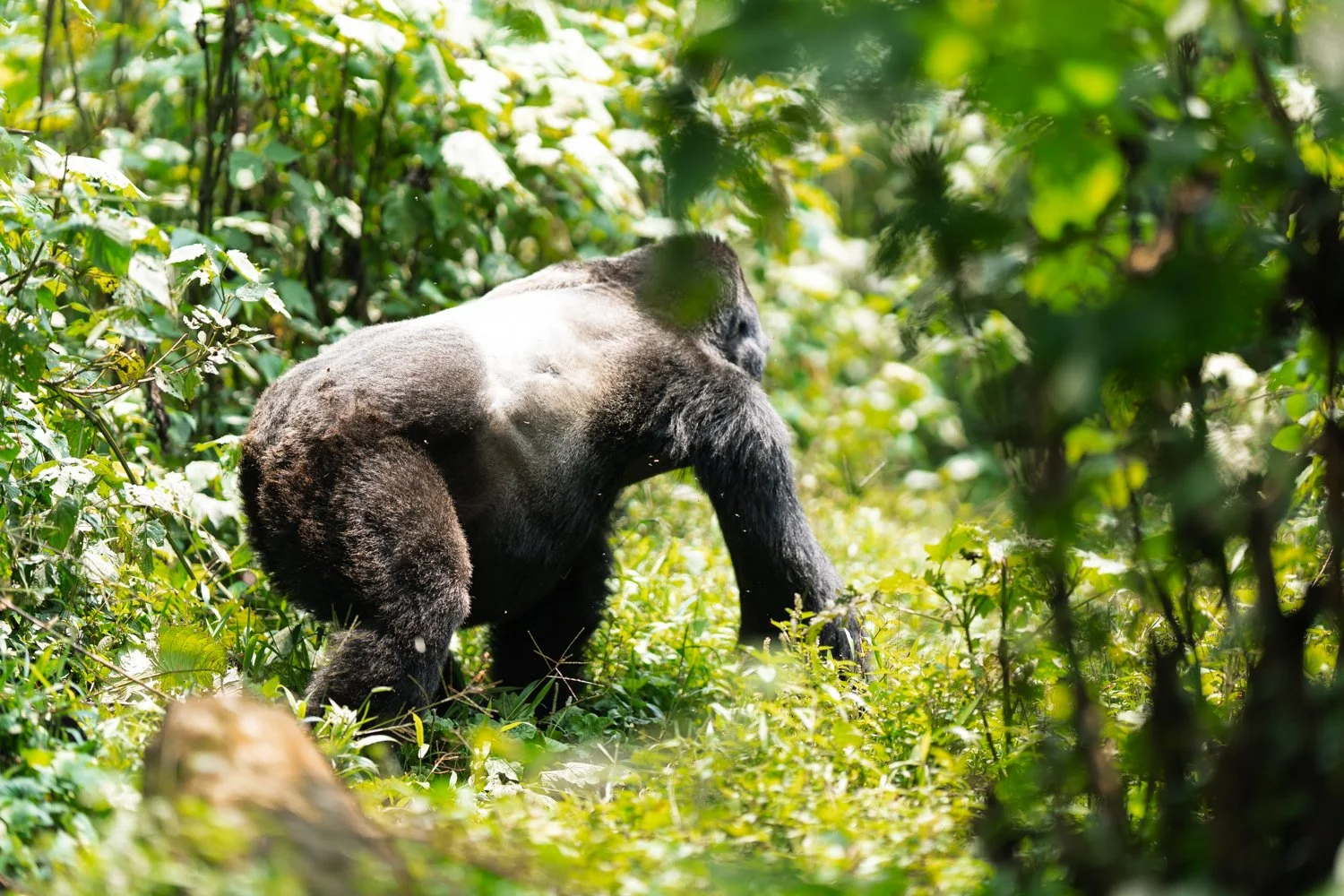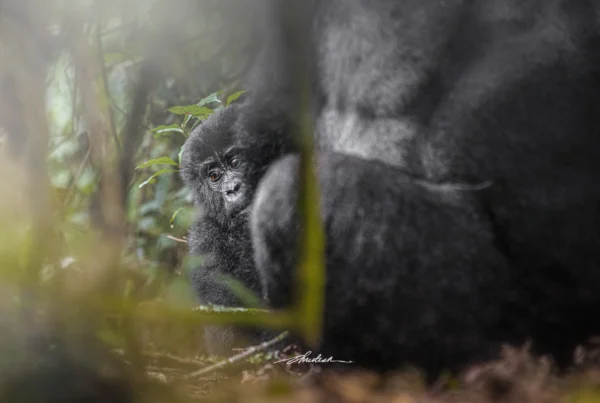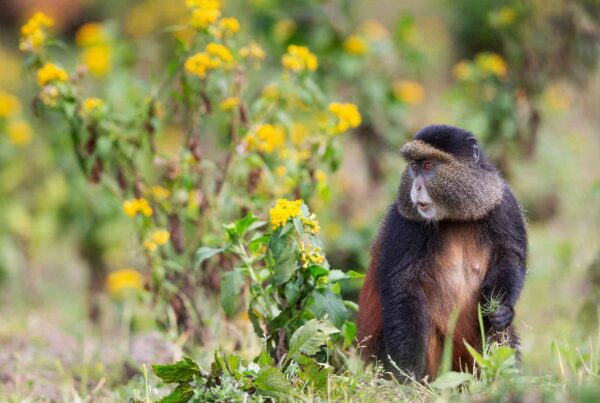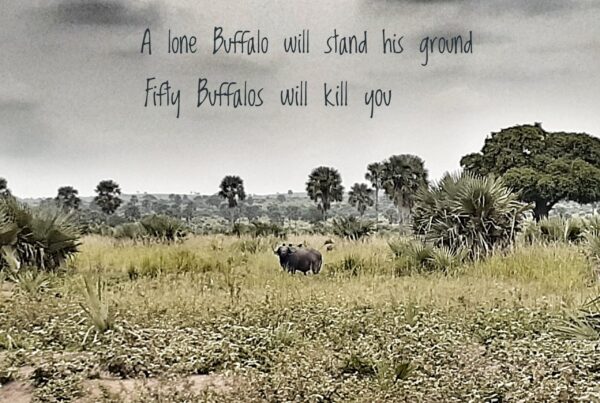What to Expect on a Gorilla Trek in Uganda – Step-by-Step Experience
Gorilla trekking in Uganda is not just a hike — it’s an emotional journey into the heart of one of the last remaining ancient rainforests where giants roam in silence. If you’ve secured your permit and are counting down the days, you may be wondering: What really happens on the day of the trek? How hard is it? What will I see and feel? This detailed walk-through helps you visualize your entire gorilla trekking experience in Uganda — from morning briefing to that unforgettable moment with a mountain gorilla.
What to Expect on a Gorilla Trek in Uganda — This guide is especially tailored for 2025 trekkers venturing into Bwindi Impenetrable National Park or Mgahinga Gorilla National Park.
The Morning Briefing – Your Day Begins in the Mist
The day begins early — usually around 6:30 AM. Whether you’re staying in Buhoma, Rushaga, Ruhija, Nkuringo (Bwindi sectors) or near Ntebeko (Mgahinga), your driver or guide will take you to the nearest Uganda Wildlife Authority (UWA) headquarters for registration and briefing.
Here, you’ll meet other trekkers, your rangers, and possibly local porters. The briefing includes:
- Gorilla trekking rules and etiquette
- How to behave around gorillas
- Safety measures
- Group assignments (you’ll be grouped based on fitness, age, or personal preference)
Each group is limited to 8 people per gorilla family, preserving the animals’ well-being and minimizing environmental impact.
The Hike Begins – Through Forests Older Than Time
Once assigned, you’ll head into the forest with your ranger, tracker, and optional porter. The hike can last anywhere from 30 minutes to 6 hours, depending on where the gorillas nested the previous night. It’s not a straight path — the forest has no trails where gorillas live, so you’re walking through thick undergrowth, over slippery slopes, across streams, and under hanging vines.
This is real jungle trekking. Expect mud. Expect sweat. Expect your heart to race — not just from exertion but from anticipation. The sounds of rustling leaves, birds calling, and distant rustles build a powerful sense of wildness. The forest feels alive — because it is.
Your ranger is in constant radio communication with advance trackers who left at dawn to locate the gorilla families. When they find them, your group is guided to the exact location.
The Encounter – One Hour with Uganda’s Gentle Giants
Then, suddenly — the rustling stops. The rangers give a soft signal. You’re close.
And there they are: a gorilla family going about their morning routine. The moment is surreal. You might see a silverback sitting majestically, watching over his troop. Young ones tumble in play. Mothers cradle infants with more tenderness than you thought possible. You’re so close, often within 7 meters, that you can hear them breathe.
This is your golden hour — 60 minutes that feel like both forever and an instant.
You’ll be allowed to:
- Take photos (without flash)
- Observe their behavior
- Move silently within the group’s vicinity
- Ask your ranger questions quietly
You are not just watching wildlife — you’re being watched back. The connection is primal, profound, and humbling. Many visitors describe this moment as life-changing.
The Return Hike – Back Through the Forest, Changed Forever
After your hour is up, you’ll start the hike back. It can feel easier, lighter — you’ve just witnessed something ancient and sacred. Many trekkers walk silently, lost in thought. You’ll emerge from the forest covered in mud, maybe soaked in sweat, but glowing with satisfaction.
Back at UWA headquarters, you’ll receive a Gorilla Trekking Certificate — a small token that represents a giant achievement.
Physical Demands and Terrain – Is It Difficult?
The trek can range from moderate to strenuous, depending on the gorillas’ location that day. Bwindi is hilly, dense, and can be challenging, especially in rainy seasons when trails become muddy. Mgahinga is more open but involves higher altitudes.
You don’t need to be an athlete, but reasonable fitness helps. Hiring a porter not only eases the physical burden, but also supports local livelihoods.
Emotional Impact – More Than Just Wildlife Watching
Gorilla trekking isn’t a checklist item. It’s a pilgrimage — into nature, into humility, into connection. Visitors often describe:
- Tears upon first eye contact
- A newfound respect for conservation
- A deep sense of awe and silence
- The realization that you’re one of the very few on Earth to experience this
This is not just ecotourism — it’s empathy tourism. You’re entering the home of a species with whom we share 98% DNA, and for a brief moment, the walls between species dissolve.
